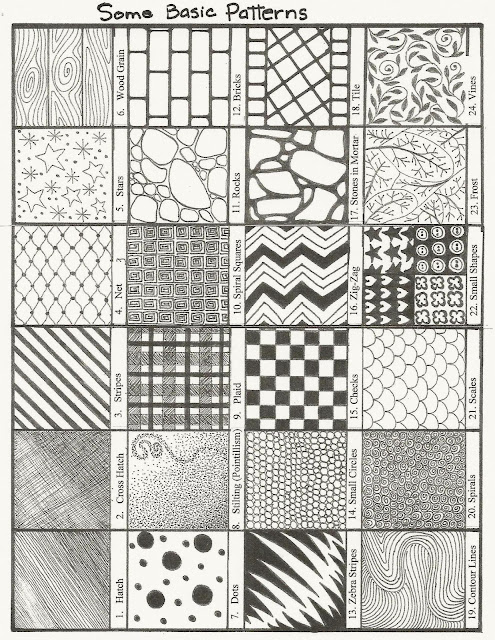Lesson 5:
Card Making
Study the picture sets below. Notice the same steps were taken in each set of pictures.
Though I've used pictures that look like real things in this lesson, you don't have to make anything look real in expressive art. You can make everything abstract--and as long as it's done neatly--it will be great. Remember not to be in a hurry. Your goal is to enjoy your Profusion Art time.
You can do Profusion Art on any kind of card,
but these cards have been simplified to make the most of adding color. In this
case it’s water color.
1.
First, make a simple line drawing
2.
Next, watercolor the line drawing
3.
Then, draw details in black pen, just
as you have learned to do in Profusion Art
ASSIGNMENT:
Using the next twelve patterns, mix and match to make a never-ending
supply of cards. You’ll have fun making the cards, and they’ll show an extra
measure of love for those who receive them, so everyone is enriched.
( If you don’t know, or have forgotten what the
TnT line technique is, go back to Lesson 1. )
In this lesson, I’d also like you to consider
how you could dress up names or words to put on a card or another project. Notice the word art illustration below—and have fun with your patterns, or make up new ones!
 |
| Word Art |



































